Favoured by celebrities like Jennifer Aniston, Harry Styles, David Beckham and Andy Murray, Pilates is a booming fitness trend which is fast becoming more and more popular.
Pilates has emerged as a front runner for people wanting to strengthen and tone their muscles.
It also helps to improve flexibility – without breaking a sweat!
But that doesn’t mean it is easy – as I discovered when I tried it during a recent visit to Scotland’s biggest pilates studio, Bälans, based in Perth.
“Doing Pilates just once a week is going to change your life,” Joakim Valsinger, studio owner, told me.
“And the more often you do it, the better the results you are going to get.”
The 53-year-old is a second generation Pilates teacher and sports therapist.
He explained that Pilates can be practised on a mat or with a reformer machine.
And Joakim kindly offered to do a 1:1 session with me – including both formats – so I could experience both.
So, what do both involve? And what are the benefits of each?
I was ready to find out.
Mat Pilates
Mat Pilates is practiced using a mat and your body weight.
A Pilates mat class will involve doing exercises which primarily target your legs, stomach, lower, and upper back muscles. Your body weight acts as resistance against gravity on the mat, making the workout more difficult.
There are also options in a mat pilates class to increase resistance and intensity by using bands, exercise balls, and sometimes even small weights.
Reformer Pilates
Meanwhile, the Pilates Reformer is a classic piece of apparatus or equipment shaped like a narrow bed with a sliding carriage, straps, and pulleys.
There are also springs which can be added or removed – offering more or less resistance.
This allows the exercises to be more or less intense – depending on how much you want to work the muscles.
Reformer Pilates is also good for helping those who have reduced mobility or injuries because it provides additional support.
What happened when I tried Matwork Pilates?
One of the first movements Joakim got me to do was to lie on my back on the mat and do pelvic tilts to the left and then to the right, making a mental note of how it felt.
For the next exercise I had to lift my hips up, pushing my knees in the opposite direction and roll my hips back down.
Joakim instructed me to squeeze my buttocks as I lifted my hips up and I could feel how it was working the muscles in my back.
Then came a more challenging exercise.
I was instructed to roll on to my front, placing one hand on top of the other and resting my forehead on them.
“I want you to lift one leg up behind you and then back down again and then lift the other leg up and then down. Keeping the pelvis and the shoulders stable.
“Then lift the leg up and draw circles – but draw circles from the hip joint, not the foot. Then circle the same leg the other way.”
I found this hard, especially when you have to draw a few circles! But I can see how this would definitely help to tone your legs.
Joakim then got me to come up on to my knees doing more hip tilts before stretching my arm and opposite leg out before then doing the other side.
Once again this exercise helps to tighten the core.
What happened when I tried Reformer Pilates?
I have to admit the Reformer machines did look a little intimidating.
But I knew I was in good hands, so I followed Joakim’s instruction and lay on my back on the first piece of apparatus he got me to use.
“What this is essentially is practise for squatting,” he said.
“I want you to straighten your legs, pushing them away as you move with your feet flexed.”
I could feel the sliding carriage beneath me moving as I moved.
What is really good using the machine is that it allows for a bigger range of movement – with less pressure on the joints – because you have the machine to help you.
Joakim then got me to do pelvic tilts on the machine without moving the carriage beneath me – not easy!
I discovered too that the same piece of reformer equipment not only helps to work your legs and your core, but also your arms.
For the next exercise, I had to keep my legs bent in the air while my hands held on to the springs on either side of my body.
I lifted them up and down to the mat, feeling the muscles under my arms working.
I also did some abdominal crunches using the springs – and it was tough!
Different types of Reformer Pilates?
Joakim then took me through to another room inside the studio which features tower reformers.
A tower apparatus is attached to the reformer machine along with a stable platform.
Joakim said: “At the moment we have a couple of gymnasts and skaters using these. It helps their movement.
“But it also helps people who are stiff – those who sit too much at work, for example, they can benefit from using these too.”
I stepped up on to the reformer, arms stretched out and attempted a wide-legged plie (a ballet dancer knee bend).
I could see how this movement helps your balance as well as toning your legs.
After this, Joakim showed me the pedi pole.
For this one you have to stand against the upright pole and keep your spine in alignment with the pole.
I bent my knees and by holding on to the two springs attached, I found I was able to get deeper into the knee bend as they offer extra support.
As I got to the end of the 50-minute session, Joakim had me lie on the mat as I did at the beginning.
He asked me to do pelvic tilts once again, but this time my legs and hips felt looser and more relaxed compared to how they felt at the start.
Which should you choose?
There are benefits to practicing both forms of Pilates.
One of the main benefits of mat Pilates is that it builds a foundation of knowledge for future workouts.
In a mat Pilates class, you will learn the basic movements and techniques so this is probably better for someone who is completely new to the practice.
It offers low intensity strength training but also helps your posture and improves your flexibility.
While the Reformer offers a wider range of more targeted, high-intensity exercises for the whole body.
The Reformer features springs which add varying levels of resistance, as well as extra support, to each and every move. This might be beneficial for anyone who has an injury.
Joakim says both mat and reformer pilates are suitable for all ages, all shapes and sizes and fitness abilities.
“Everyone can benefit from Pilates – from top level athletes to people with limited mobility or disabilities,” he explained.
“I have also often had people call up saying I’m overweight can I do Pilates? And I have said please just come along and try it. It doesn’t matter what size you are.
“We are a very welcoming place and we have seen the transformations in people.”
I would say there are definitely wellbeing benefits to practicing Pilates – I was pleasantly surprised to find that my mind and body felt more relaxed after just one session.
In my opinion, I would highly recommend trying both mat and Reformer Pilates.
Both offer their own benefits and make you feel good – you can then see which one like best or do a combination of both.
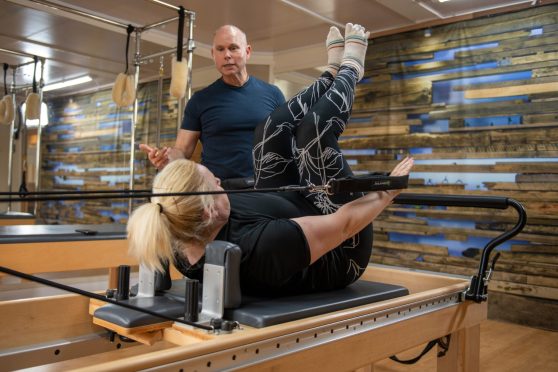


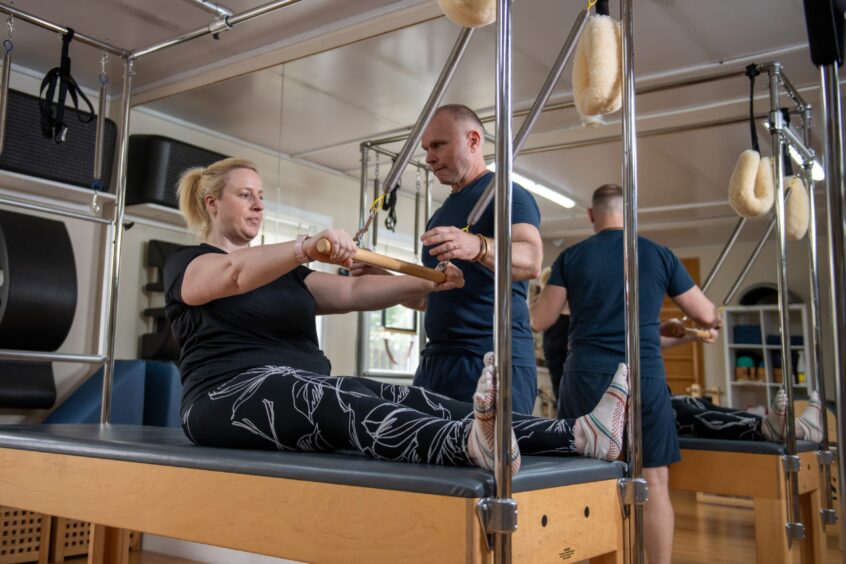
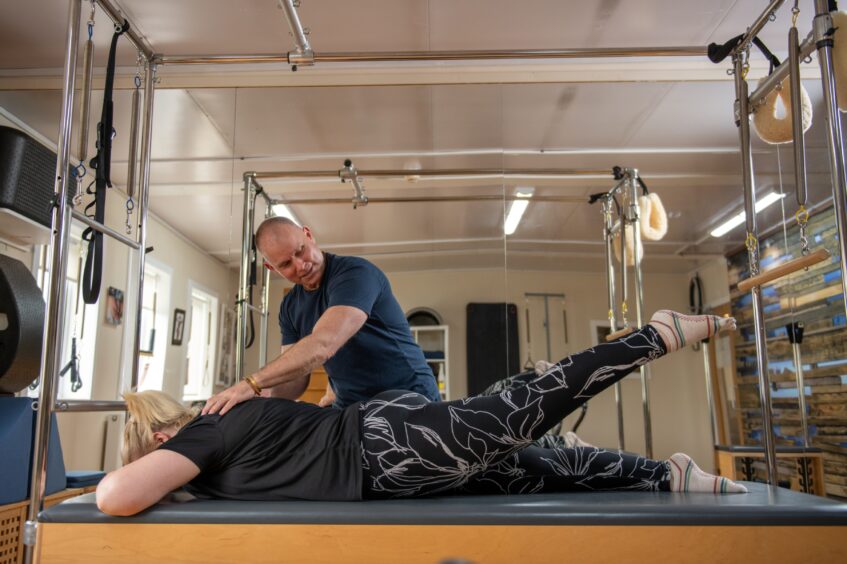
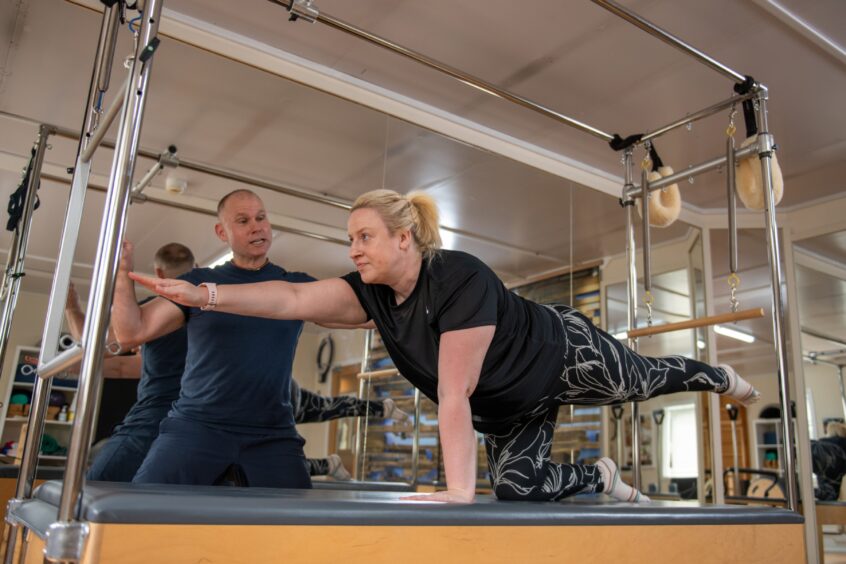
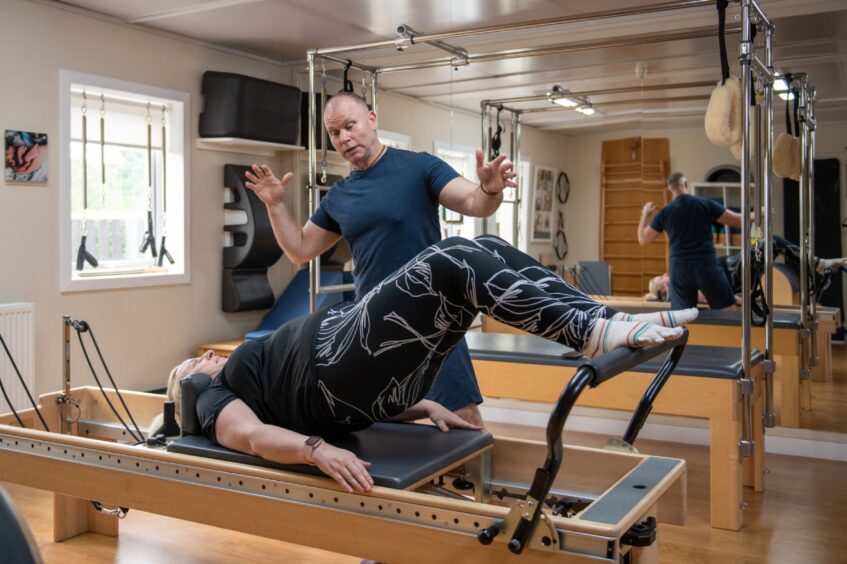


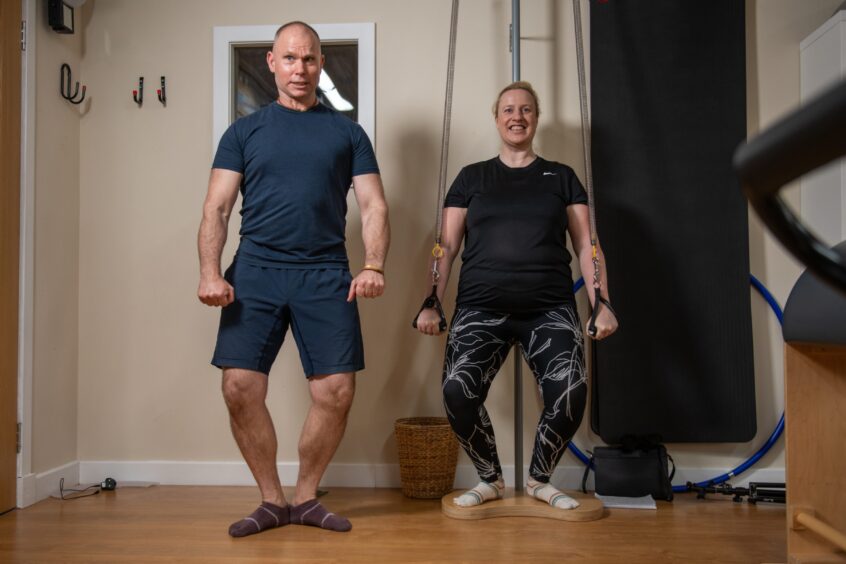
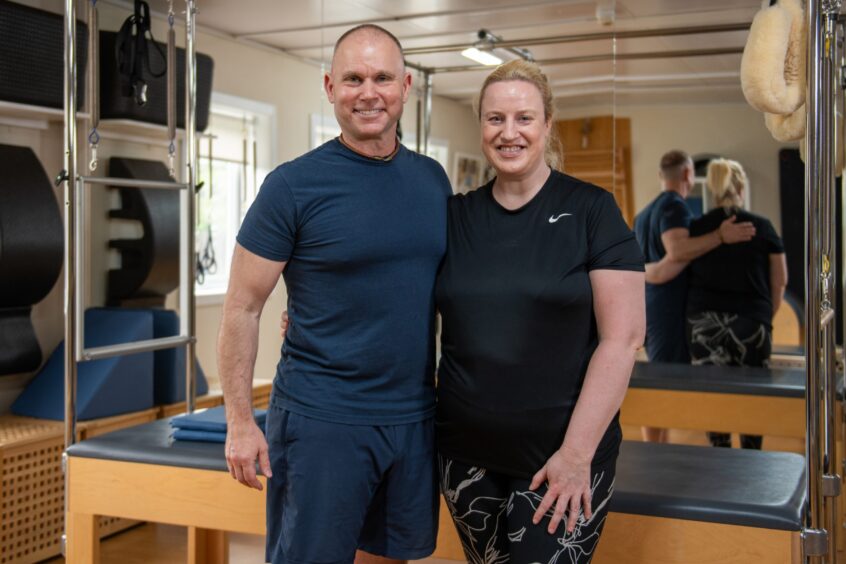


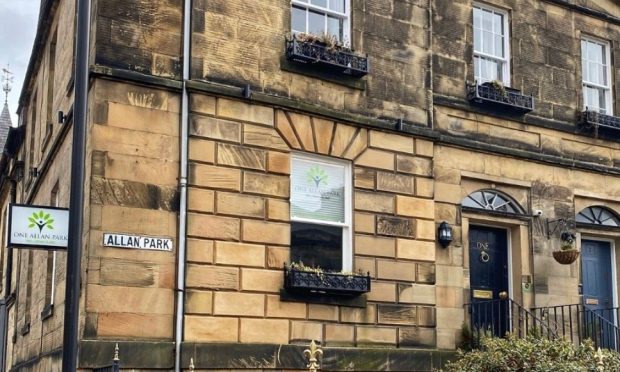


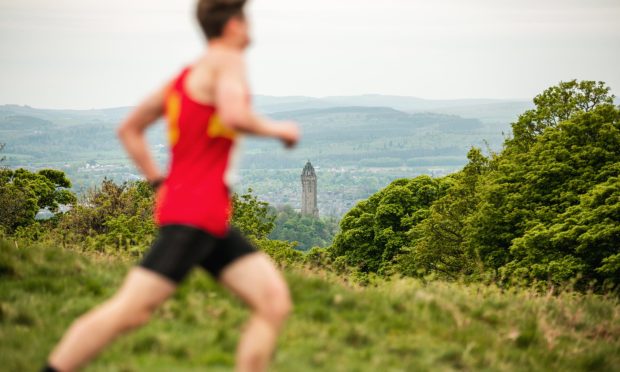
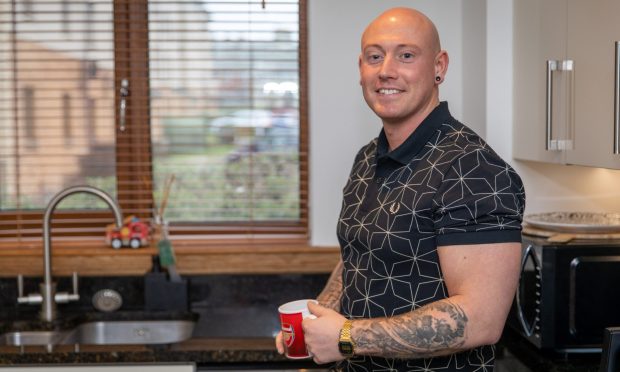

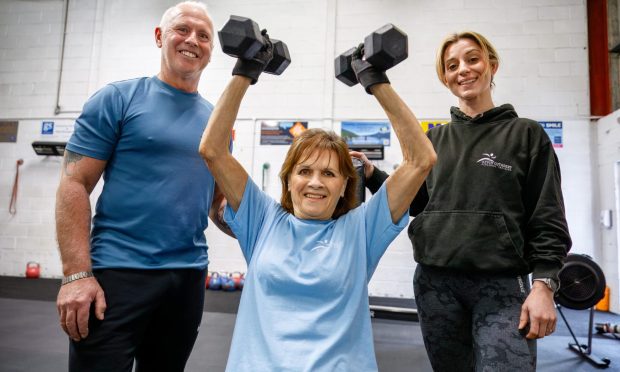
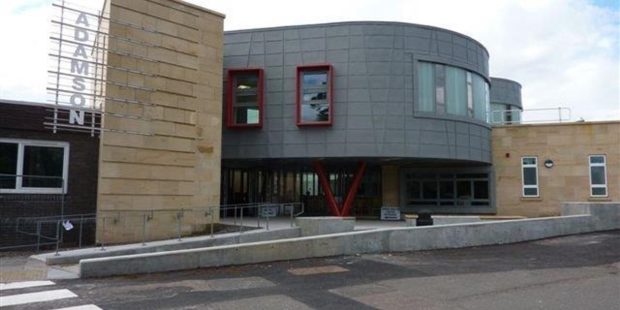
Conversation